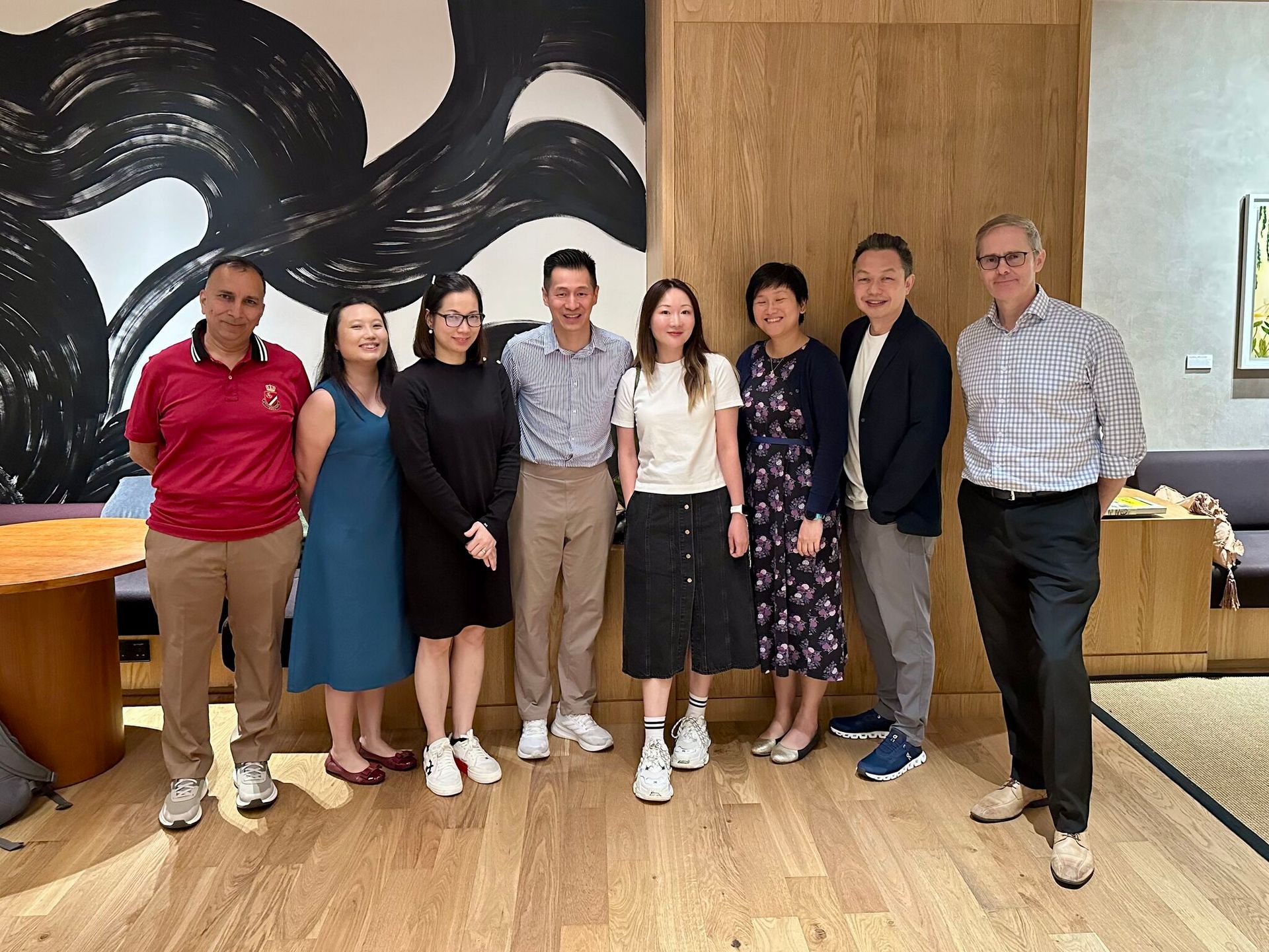The Roadmap to Leadership Transformation in 2025: Building Executive Teams for Organizational Change
In 2025, the role of leadership extends far beyond managing day-to-day operations. Effective leadership drives transformation, aligns teams with strategic goals, and ensures organizations remain resilient in an ever-changing business landscape. The need for leaders to adapt, innovate, and inspire has never been more pressing. Below is an expanded roadmap to leadership transformation, offering actionable insights to help organizations build empowered executive teams that thrive amid change.
1. Embrace a Growth Mindset and Lead by Example
Leadership transformation starts with the mindset of the leaders themselves. A growth mindset—marked by adaptability, continuous learning, and a willingness to embrace change—sets the tone for the entire organization.
- Why It Matters: Leaders who model growth inspire innovation, resilience, and curiosity throughout the workforce.
- How to Implement:
- Encourage leaders to engage in professional development programs and stay updated on industry trends.
- Promote a culture of experimentation, where failure is seen as a learning opportunity rather than a setback.
- Recognize and reward leaders who exemplify adaptability and inspire others to do the same.
When leaders lead by example, they cultivate an environment where employees feel empowered to innovate and contribute.
2. Identify Leadership Gaps and Source Change-Ready Executives
Transformational leadership requires the right mix of skills, experience, and vision. An honest assessment of existing leadership capabilities is critical to uncovering gaps that may hinder progress.
- Why It Matters: Strategic alignment between leadership capabilities and organizational goals ensures smoother transitions and successful outcomes.
- How to Implement:
- Conduct competency assessments to evaluate leadership skills against transformation objectives.
- Recruit executives with proven experience in managing large-scale organizational change.
- Invest in internal leadership development to upskill promising candidates within the organization.
By aligning leadership talent with transformation goals, organizations can build a robust team ready to navigate complexity.
3. Build Emotional Intelligence and Strengthen Connections
Emotional intelligence (EQ) is essential for fostering trust, improving collaboration, and navigating uncertainty. Leaders with strong EQ can connect authentically with employees, creating a loyal and engaged workforce.
- Why It Matters: EQ allows leaders to effectively manage emotions, foster meaningful relationships, and guide teams through challenging times.
- How to Implement:
- Offer training programs focused on empathy, active listening, and conflict resolution.
- Encourage leaders to prioritize one-on-one interactions to build trust with team members.
- Create opportunities for team-building activities that strengthen interpersonal connections.
Strong emotional intelligence fosters a culture of trust and collaboration, essential for navigating periods of change.
4. Prioritize Transparency, Authenticity, and Accountability
A culture of transparency and accountability builds trust and ensures everyone is aligned with the organization’s transformation objectives. Leaders must openly share goals, challenges, and progress to foster buy-in and drive results.
- Why It Matters: Transparency reduces uncertainty, while accountability ensures that leaders and teams remain focused on delivering results.
- How to Implement:
- Encourage leaders to communicate openly during team meetings, town halls, and updates.
- Establish metrics to track progress and tie executive incentives to strategic goals.
- Hold leaders accountable for both successes and failures, ensuring continuous improvement.
By prioritizing transparency and authenticity, organizations can foster a unified, purpose-driven team culture.
5. Leverage Data to Inform Decisions and Mentor Future Leaders
Data-driven decision-making empowers leaders to make informed choices, track progress, and refine strategies. Simultaneously, investing in mentoring programs ensures a pipeline of capable leaders for the future.
- Why It Matters: Data ensures decisions are based on facts rather than assumptions, while mentoring nurtures the next generation of leadership talent.
- How to Implement:
- Use performance metrics to evaluate leadership effectiveness and identify areas for improvement.
- Develop dashboards that provide real-time insights into team dynamics and progress toward goals.
- Pair senior leaders with emerging talent to share knowledge, provide guidance, and foster growth.
A data-driven approach paired with mentorship ensures that leadership teams remain effective and forward-looking.
6. Regularly Reassess Team Dynamics and Recalibrate Roles
Leadership teams must evolve alongside the organization’s goals and challenges. Regular assessments of team dynamics help identify opportunities to adjust roles and responsibilities for better alignment.
- Why It Matters: Flexibility ensures that leadership teams remain agile and well-positioned to address emerging business needs.
- How to Implement:
- Schedule quarterly evaluations of leadership team effectiveness.
- Use feedback from employees and stakeholders to identify areas for recalibration.
- Rotate responsibilities to provide leaders with diverse experiences and perspectives.
Reassessing and realigning team dynamics fosters continuous improvement and ensures sustained alignment with strategic goals.
7. Foster a Culture of Innovation and Resilience
Transformation thrives in a culture where innovation is encouraged, and resilience is built into the organizational DNA. Leaders play a critical role in cultivating these attributes.
- Why It Matters: Resilient teams are better equipped to handle challenges, while innovation drives growth and competitive advantage.
- How to Implement:
- Encourage leaders to create safe spaces for brainstorming and experimentation.
- Develop initiatives that reward creative problem-solving and adaptability.
- Embed resilience training into leadership development programs.
By fostering innovation and resilience, organizations can stay ahead of the curve and adapt to an ever-changing landscape.
Leading Transformation in 2025
Leadership transformation is not a one-time effort; it’s an ongoing process that requires intentional actions, adaptability, and a focus on long-term success. By embracing a growth mindset, aligning leadership capabilities with transformation goals, and fostering emotional intelligence, transparency, and innovation, organizations can build executive teams that drive meaningful change.
In 2025, the most successful organizations will be those that prioritize leadership development as a strategic imperative. Start implementing these steps today to position your organization for lasting impact in an era of constant evolution.






